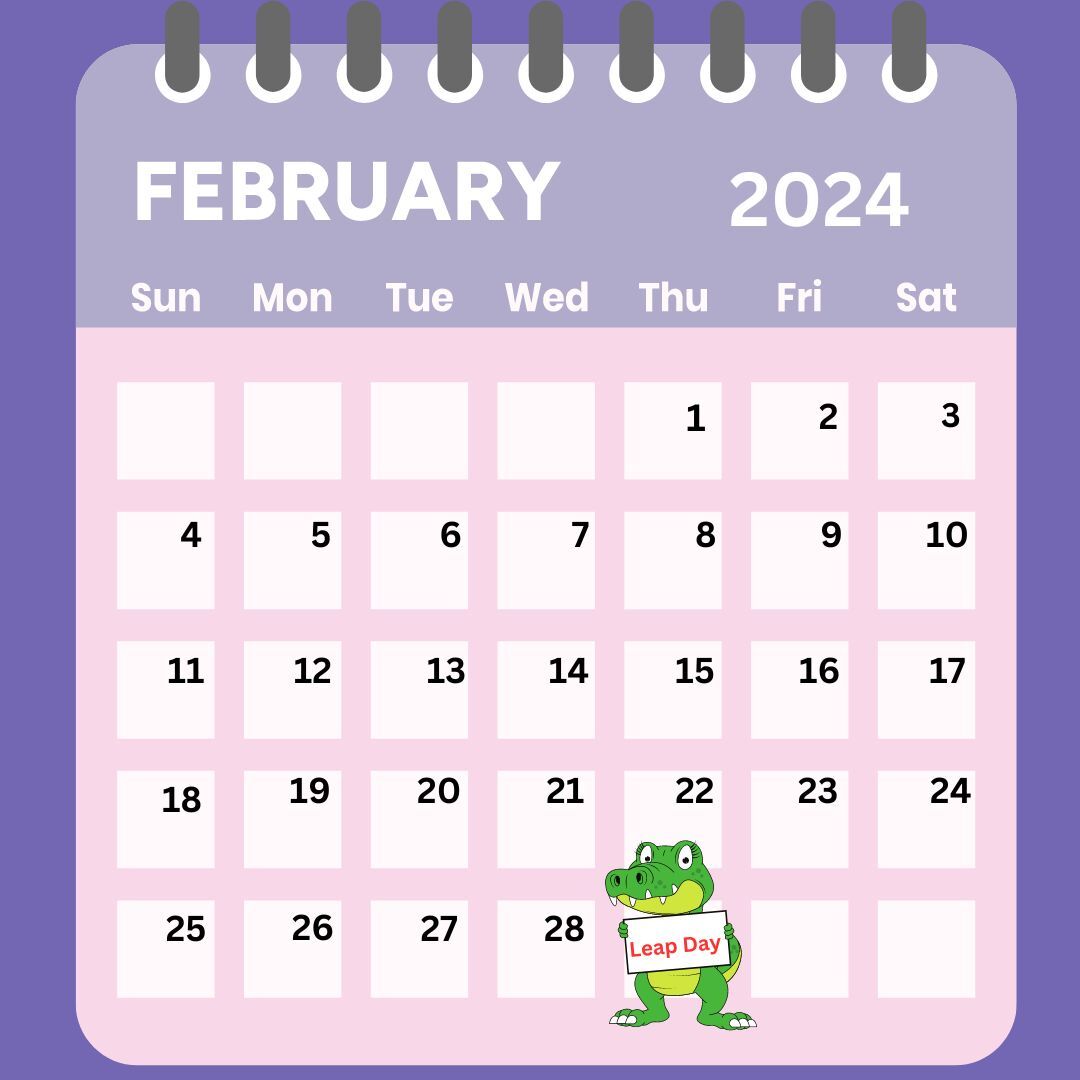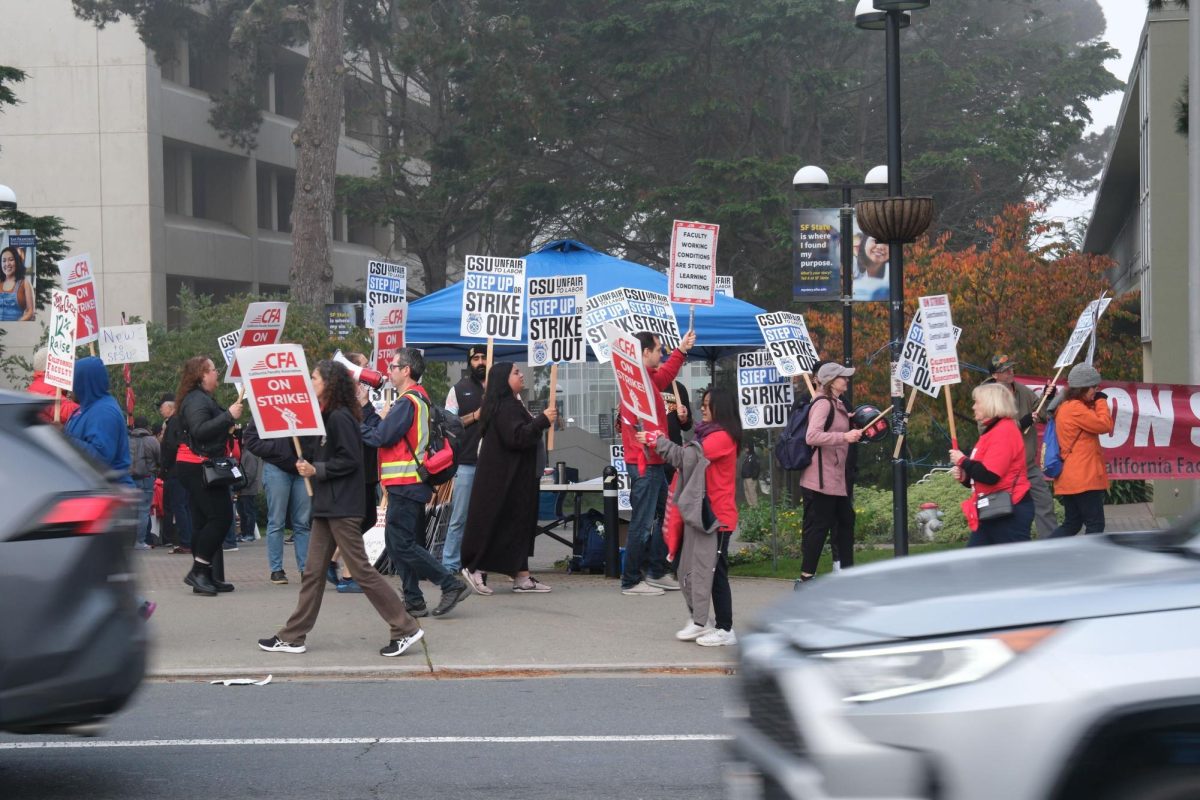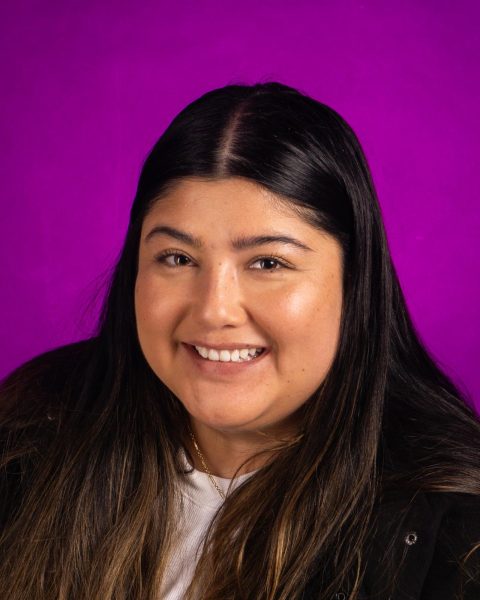February is the shortest month of the year with only 28 days. But every four years, an extra day is added to the calendar year at the end of the month — leap day.
We are taught that there are 24 hours a day and 365 days a year because of how the Earth orbits around the sun. But why would there be a need for an extra day every four years?
Several San Francisco State University students were unaware of leap day and why it happens, other than the fact that it occurs every four years, except for years that are divisible by 100 but not 400. This year will be the fifth leap year since 2004.
“I know that it’s every four years and that’s it — and that’s in February, obviously,” said English student Sophia Fisher.
The Gregorian calendar is the calendar used in most countries today. But, in 1852, Pope Gregory XII announced that the Gregorian calendar would replace the Julian calendar because of miscalculations with the time and days, which impacted the year. The Julian calendar saw the year as 365.25 days, which added 11 minutes and 14 seconds a year, making it way too long.
“When we invented days and calendars, we didn’t really have a super precise measurement of how long it took us to go around the sun, and it turns out it takes 365.242 days,” said physics and astronomy professor John Brewer. “There’s an extra quarter of a day to get around the sun; by the end of going around four times, we are a day behind and we need to add an extra day to our year to catch up.”
Astrophysics major Sergio Lopez explains the calendar’s measurement as “the degree the Earth rotates doesn’t exactly align with the position the sun was pointing at a day earlier that corresponds to the different timing in a day and a year.”
In a non-leap year, there are 365 days on the calendar. As Brewer explained, an extra .242 days are unaccounted for, amounting to about 57 seconds per day. Those seconds add up and cumulatively become a leap day.
“Over four years, it adds up to a full day that we have to plop in there to keep our time consistent,” Lopez added.
But what would happen if there was no leap day?
“We’d start falling a quarter of a day behind a year,” Brewer said. So in 100 years, then, we’d be off by 25 days — so the shortest day of the year would no longer be in December; instead, it would be in November.”
That cycle would continue every 100 years, impacting the seasons and the corresponding months. The months we know now as fall months would become winter months, then become spring months and summer months.
After learning the science behind them, SFSU students were more intrigued by how leap years and days came to be.
“That’s a whole new spin on leap day; that’s crazy,” Alejandro Espinoza, a Broadcast and Electronic Communication Arts student said. “I’m going to be grateful to have a leap day.”
Various students at SFSU didn’t see leap year as an extra day of the year to do something special, including Brewer, “It’s just a day like any other but hey, any excuse for a party — I like it.”
Teya Hernandez and Samantha Sanchez — both BECA (Broadcast and Electronic Communication Arts) students — mentioned that this year may be the year they do something fun for Leap Day.
“It would be cool to have a picnic for it, maybe have a cake that says ‘Happy leap day’ or something,” Hernandez said.
Leap day is one of the many occurrences that tie in with our solar system.
The physics and astronomy department at SFSU holds events regularly to do science presentations that include a planetarium show and use the rooftop telescope to observe the celestial bodies and the night sky.
In the coming weeks, they will be hosting events surrounding the spring equinox in March and the eclipse in April. Both are occurrences like leap day that connect with the solar system.
“It’s fun to use odd things like this to point out things about our solar system that are interesting,” Brewer stated.









